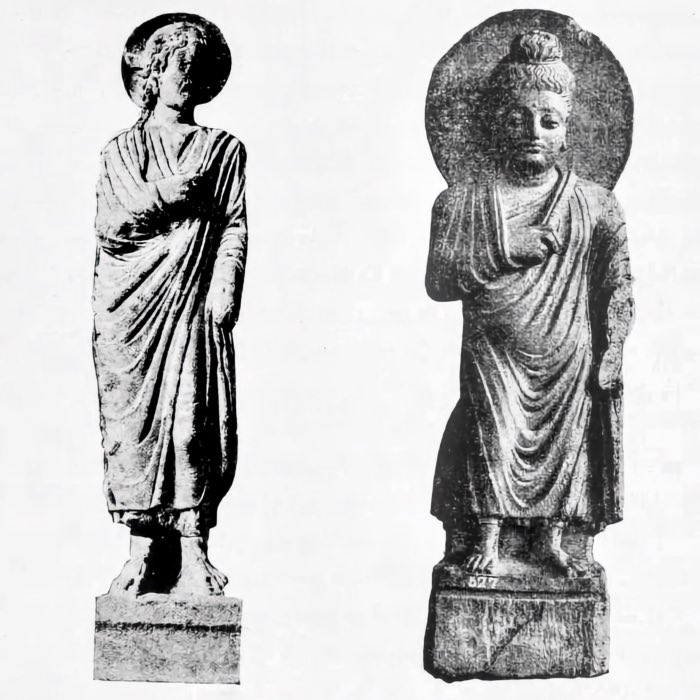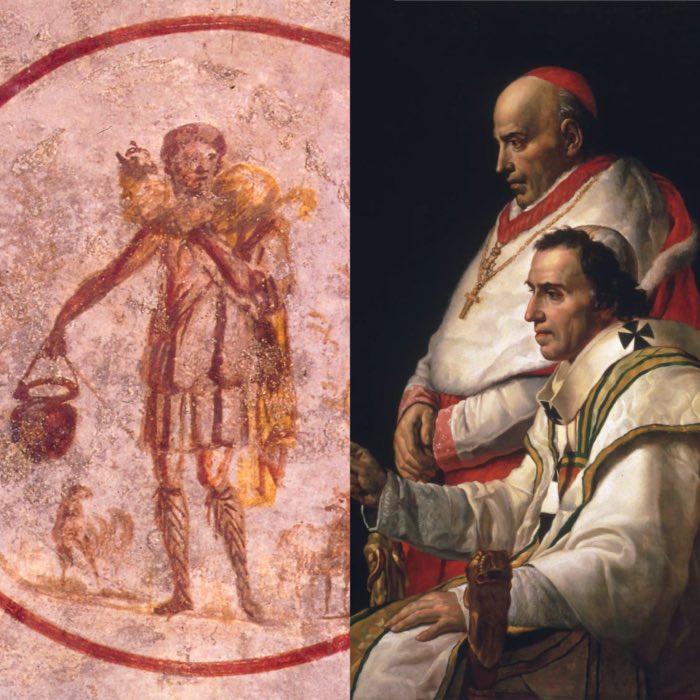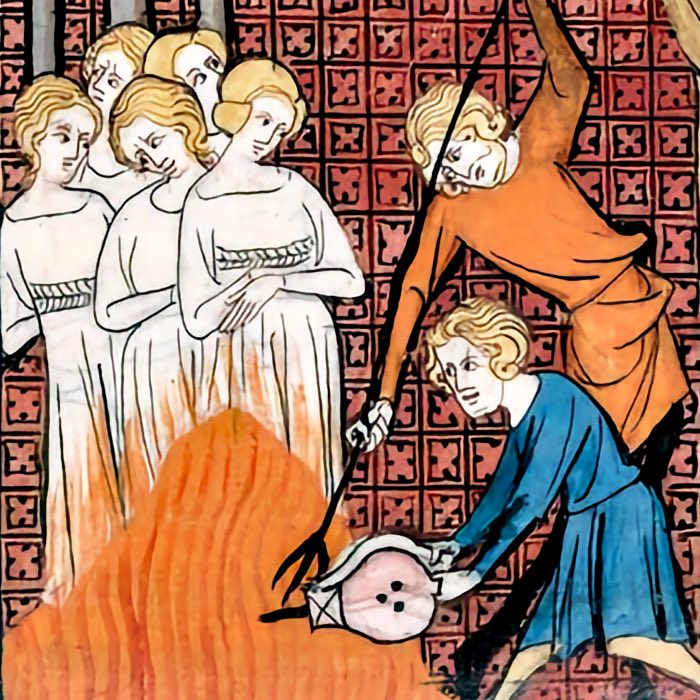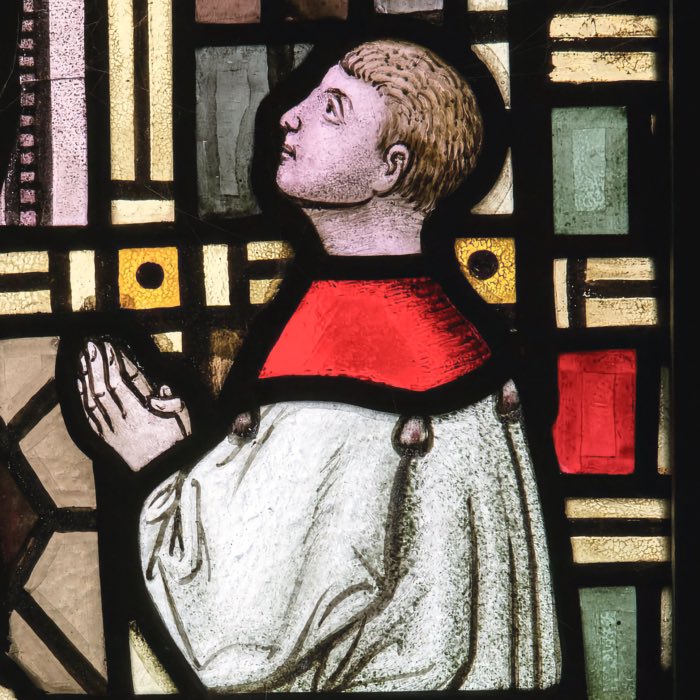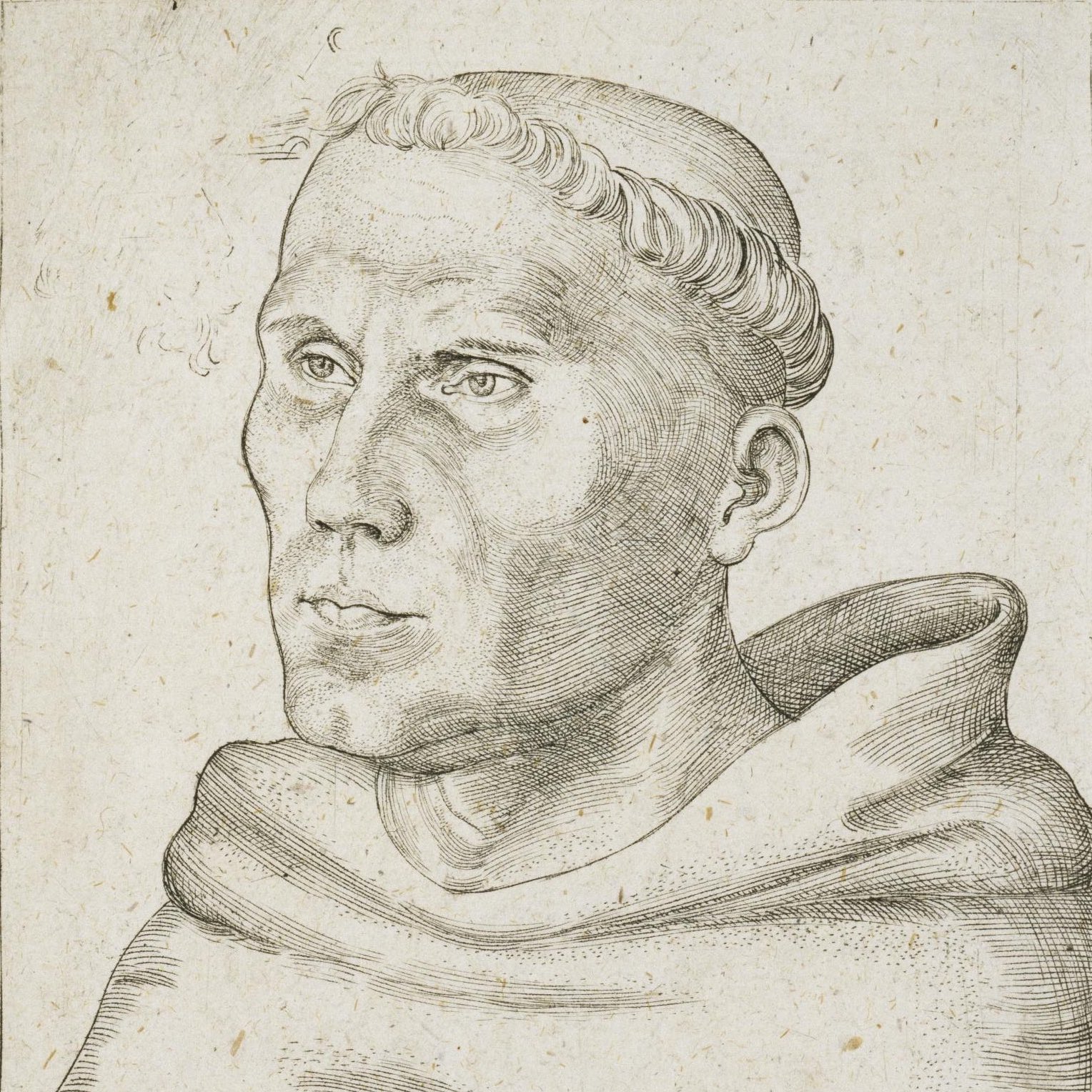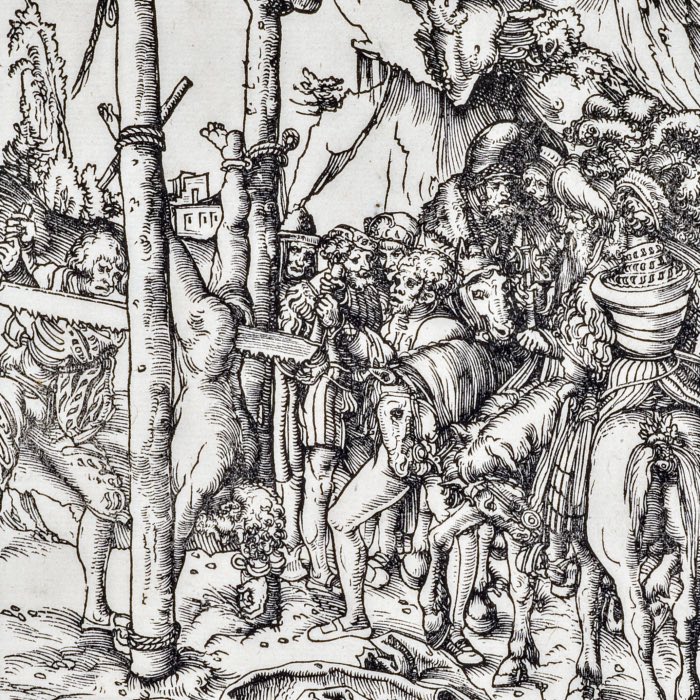Weekend Stories
I enjoy going exploring on weekends (mostly). Here is a collection of stories and photos I gather along the way. All posts are CC BY-NC-SA licensed unless otherwise stated. Feel free to share, remix, and adapt the content as long as you give appropriate credit and distribute your contributions under the same license.
diary · tags · RSS · Mastodon · flickr · simple view · grid view · page 16/51
Parallelomania and parallelophobia: The cautionary challenges of comparative analysis
The human mind has a natural inclination to identify patterns and connections, even across seemingly disparate domains. This cognitive tendency has driven significant intellectual achievements, from the discovery of universal scientific principles to the comparative analysis of religions, myths, and cultures. However, this same propensity can lead to what is called ‘parallelomania’, the uncritical identification of parallels that lack substantive grounding, as well as its counterpart, ‘parallelophobia’, an excessive aversion to drawing connections for fear of oversimplification or error. Both phenomena pose challenges for scholarly inquiry, particularly in fields such as comparative religion, literary studies, and anthropology, where discerning genuine relationships from superficial or coincidental similarities is a delicate task. In this post, we explore the cautionary challenges of parallelomania and parallelophobia, highlighting the risks of overzealous comparisons and the dangers of excessive aversion to connections. We also check how to navigate the middle ground by applying methodological rigor and contextual analysis to comparative inquiry.
“Anyone who doesn’t write world history as criminal history is its accomplice”: Karlheinz Deschner and the Criminal History of Christianity
Few historians have scrutinized religious history with the relentless critical rigor of Karlheinz Deschner, making his work a significant milestone in the field of religious critique. His life’s work, encapsulated in his monumental Kriminalgeschichte des Christentums (“Criminal History of Christianity”), systematically dismantles the idealized narrative of the Church’s role in world history. With the motto, “Anyone who doesn’t write world history as criminal history is its accomplice” (“Wer Weltgeschichte nicht als Kriminalgeschichte schreibt, ist ihr Komplize”), Deschner positioned himself as an intellectual provocateur, unflinching in his indictment of Christianity’s role in oppression, violence, and deceit. In this post, we take a closer look at Deschner’s historical perspective and the significance of his work in contemporary historical research.
Christianity vs. Eastern traditions: Divergent paths to the Absolute
After examining the nature and institutional framework of Christianity in our previous post, we now turn to a broader comparison between Christianity and Eastern traditions. The distinction between the two traditions lies at the heart of some of the most profound philosophical, theological, and cultural differences in human thought. While Christianity, emerging as a synthesis of Jewish traditions and Greco-Roman philosophy, centers on the worship of an absolute, omniscient deity, Eastern traditions such as Daoism and Buddhism often emphasize a spiritual philosophy. These traditions blur the lines between religion and philosophy, offering a path for individual enlightenment and harmony with the cosmos. By examining the foundational tenets of these traditions, we can better understand how they represent two fundamentally distinct approaches to the pursuit of the Absolute.
Is Christianity a true religion?
Christianity has long been regarded as one of the world’s dominant religions, shaping cultures, laws, and individual belief systems for centuries. Yet, beneath its theological claims and institutional authority lies a deeper question — what exactly is Christianity? Is it a genuine religion in the truest sense, or does it serve a different function altogether? I initially approached this question with the assumption that Christianity could be separated into two distinct components: an original, authentic religious core and the later institutions that manipulated and distorted it. However, through my research, which I presented in my previous series of posts, I found that no such subdivision exists. Christianity, from its inception, has functioned as an institutionalized system designed to wield power and maintain authority rather than as a vehicle for genuine spiritual exploration. In this concluding post, we eventually seek to answer the question: Is Christianity a true religion? To do so, we must first establish a definition of religion that transcends etymology and addresses the fundamental nature of spiritual pursuit. From there, we will examine how Christianity aligns — or fails to align — with this definition, shedding light on its true nature and function in Western society.
HIV/AIDS in Africa: How the Catholic Church’s policies worsen the crisis
When I worked on the previous post on ‘Christianity’s death toll’, I was surprised to find out how many people are dying because of HIV/AIDS in Africa each year. The Catholic Church, which presents itself as a moral authority, has played a significant role in shaping public discourse on the epidemic. Its opposition to contraception, particularly condoms, has had dire consequences, especially in sub-Saharan Africa, where millions of lives have been devastated by HIV/AIDS. While the Church advocates for chastity and fidelity as means of prevention, its outright rejection of condoms has led to unnecessary suffering and loss of life. I thought this topic warranted a dedicated post to further examine the facts behind this deeply cynical and destructive stance, as well as its impact on global health efforts.
Christianity’s death toll
The institutions of the Christianity have played a central role in shaping Western history for nearly two millennia, influencing political, social, and cultural developments on a global scale. Alongside its contributions to art, education, and social welfare, the Christianity has also been a catalyst for some of history’s most violent and destructive events. From the Crusades and inquisitions to pogroms and forced conversions, these actions have resulted in untold suffering and loss of life. This post seeks to critically examine the death tolls associated with Christianity’s direct and indirect actions, placing them within their historical contexts and exploring the moral and ethical implications of such a legacy.
The Church’s system of child abuse
The sexual abuse of children by Christian clerics is one of the most disturbing scandals in religious history. While the Church presents itself as a moral authority, it has long concealed systemic abuse and protected perpetrators. Revelations in recent decades have exposed widespread cover-ups, eroding public trust. The crisis affects thousands — possibly hundreds of thousands — of victims globally. Rather than ensuring justice, the Church has prioritized its reputation, shielding abusers through reassignment and obstruction of law enforcement. This institutional self-preservation has come at the cost of its most vulnerable members. In this post, we examine the Catholic Church’s role in the crisis, its global concealment strategies, and the consequences for victims. By comparing responses in countries like France and Germany, we assess the impact of independent investigations and cultural factors. Finally, we consider what this entrenched abuse actually means for the Church’s moral authority and self-perception.
Did Luther’s antisemitism lay the blueprint for Nazi ideology?
Martin Luther, the central figure of the Protestant Reformation, profoundly shaped the religious and cultural landscape of Europe. His theological innovations challenged the Catholic Church – both theologically and on matters of authority – and laid the foundation for Protestantism. However, his legacy is not without controversy. Among the darker aspects of his influence is the argument that his rhetoric and ideology, particularly his virulent antisemitism, laid the groundwork for the development of Nazi ideology centuries later. While it would be an oversimplification to label Luther the sole or direct ‘spiritual father’ of Nazism, there are undeniable parallels between his writings and the ideological framework that supported the Third Reich.
Was Martin Luther truly a Christian?
Martin Luther, the central figure of the Protestant Reformation, is often hailed as a revolutionary who sought to return Christianity to its roots – however such roots are defined – by challenging the perceived corruption and doctrinal excesses of the Catholic Church. His legacy is both profound and polarizing, but one question that deserves exploration is whether Luther himself lived up to the very Christian standards he aimed to defend. From a theological and moral standpoint rooted in the teachings of Jesus Christ, Luther’s actions, writings, and attitudes raise significant doubts about whether he embodied the principles of Christianity as defined by the authors of the Gospels.
Faith and fury: Martin Luther’s advocacy for violence
Martin Luther is widely recognized for his theological breakthroughs and his role in reshaping Christianity. However, alongside his reformist ideals lies a deeply troubling aspect of his legacy: his calls for violence against various groups, often coupled with graphic descriptions of torture and brutal punishments. These views, especially as Luther’s influence grew, reflect not only his theological convictions but also his increasing radicalization in later years.
